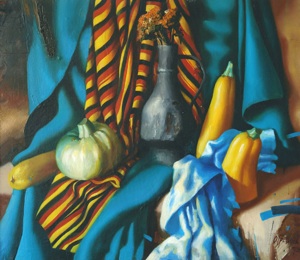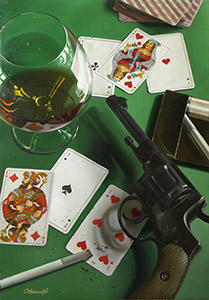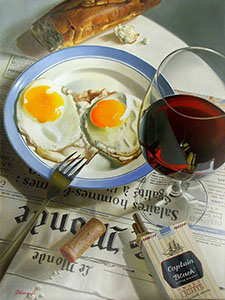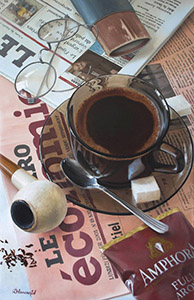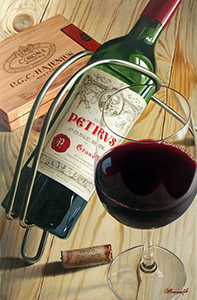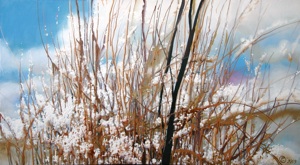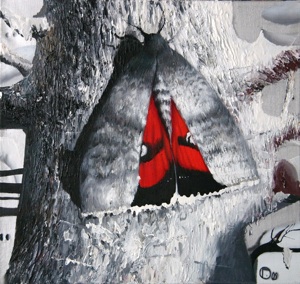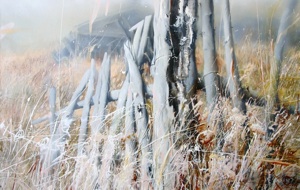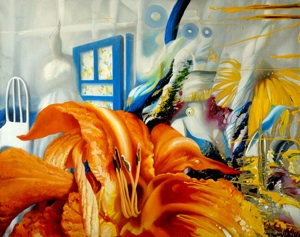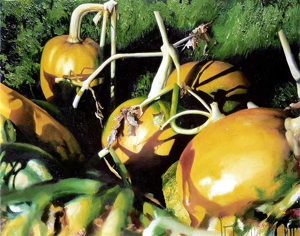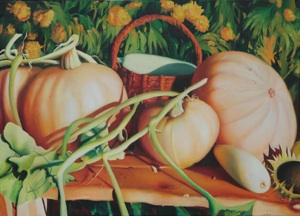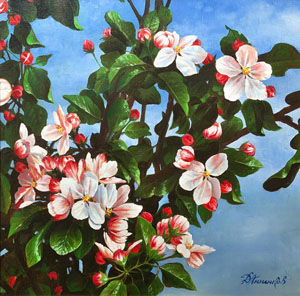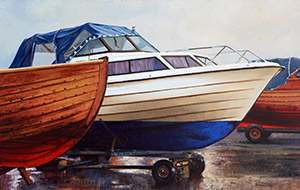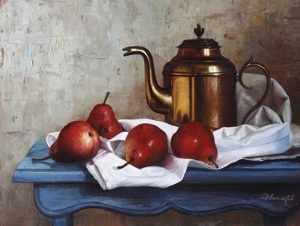RUSSIAN HYPERREALISM AND HYPERREALIST PAINTERS - BUY PAINTINGS ONLINE AT ARTRUSSIA GALLERY
Hyperrealism appeared in the United States somewhere around 1960 and rapidly became very loved in the context of popular culture. Its main aim is to create a piece so resembling the real world that making it difficult to tell it from the portrayed object. A special technique has been invented in order to reach the goal: artists use mechanical modes of making copies of photographs and enlarged them to fit the canvas. In order to preserve objectivity and not let the artist reflect in the piece, specialaerographers are used instead of brushes. It is a style characterized by high levels of specialization with most artists picking one certain topic and then sticking to it in their work: billboards (Robert Cottingham), abandoned cars(John Salt), shop-windows with the city life reflecting in them(Richard Estes, Ralf Goings), horse-races(Richard McLean). Making the fixation of reality so central to its philosophy and going so far from the personal in art, hyperrealism seems to have almost outreached the borders of “art”, aspiring to become the reality, fascinating and amazing the viewer with its illusionary realness. Modern hyperrealism (photorealism) sets upon the aesthetical principles of its fathers, but unlike them seeks not only to copy the everyday reality.
HYPERREALISM PAINTINGS
